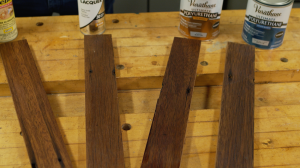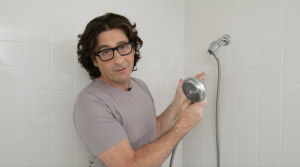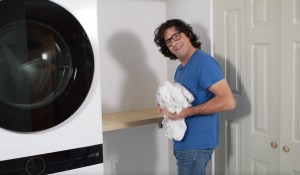How to Kill Weeds with an Herbicide
Like beauty, what is and isn't a weed is often in the eye of the beholder, but a weed is generally defined as a plant that is undesirable, unattractive, troublesome, or growing where it is not wanted. How do you get rid of those plants without damaging the ones that you do want? An arsenal of products that fight weeds is available at your home improvement store--take a look at one type of product and how it works.
- Use an herbicide with the chemical "glyphosphate" as its active plant-killing ingredient. Sprayed onto plants, the herbicide is absorbed through the foliage where it inhibits enzymes that plants need to survive. Glyphosphate-based products are active only on growing plants, but will kill all types of plants with which they come into contact. Other products may leave the grass and kill only broad-leafed plants.
- Use an improved applicator. Glyphosphate has been used as an herbicide for three decades, so it isn't new. What is new is the mixing container with a handy pump sprayer that provides up to five minutes of continuous spray.
- Do not spray chemicals of any type around people or pets or water sources.This class of herbicides is generally not toxic to people or pets because they do not have the same enzymes in their cells as plants.
- Avoid using the product on windy days so as not to contaminate aquatic plants and others nearby. A minimum exposure time is required for the product to work. Spraying it on wet plants or when rain is about to start is pointless. Read the manufacturer's instructions for the most effective use.
- Products marketed for "extended coverage" kill plants on contact, but also contain a pre-emergent herbicide that prevents plant growth for up to four months. It is recommended only on patios, sidewalks, and driveways where you want to eliminate all growth for an extended period.
Blog Articles
How to Protect Unfinished Wood
Many people are unsure how to protect unfinished wood. Perhaps you've bought a used piece of furniture, sanded it down, and revealed its beautiful wood grain. Now, you want to preserve its natural beauty without painting it. What should you use? In this blog post, we’ll guide you through your options to help protect and showcase your wood piece.
Reasons You Should Replace Your Shower Head
Brian had some guests over – and when they left, he discovered that the shower head was broken. In this video, he will show you how easy it is to replace a showerhead. Whether you're upgrading from a basic plastic model to a sleek stainless steel version, or simply need to fix a broken one, the process is easy.
A Space-Saving Laundry Hack
Are you tired of cramped laundry areas and limited workspace? If you have a small space, we have a big solution for you! This DIY project is perfect to maximize your space and create a functional laundry area. Using a folding shelf bracket, you can easily create a countertop that folds up when not in use, saving valuable space. What’s the best part of a folding laundry shelf? You can customize it to fit your unique style and needs.





